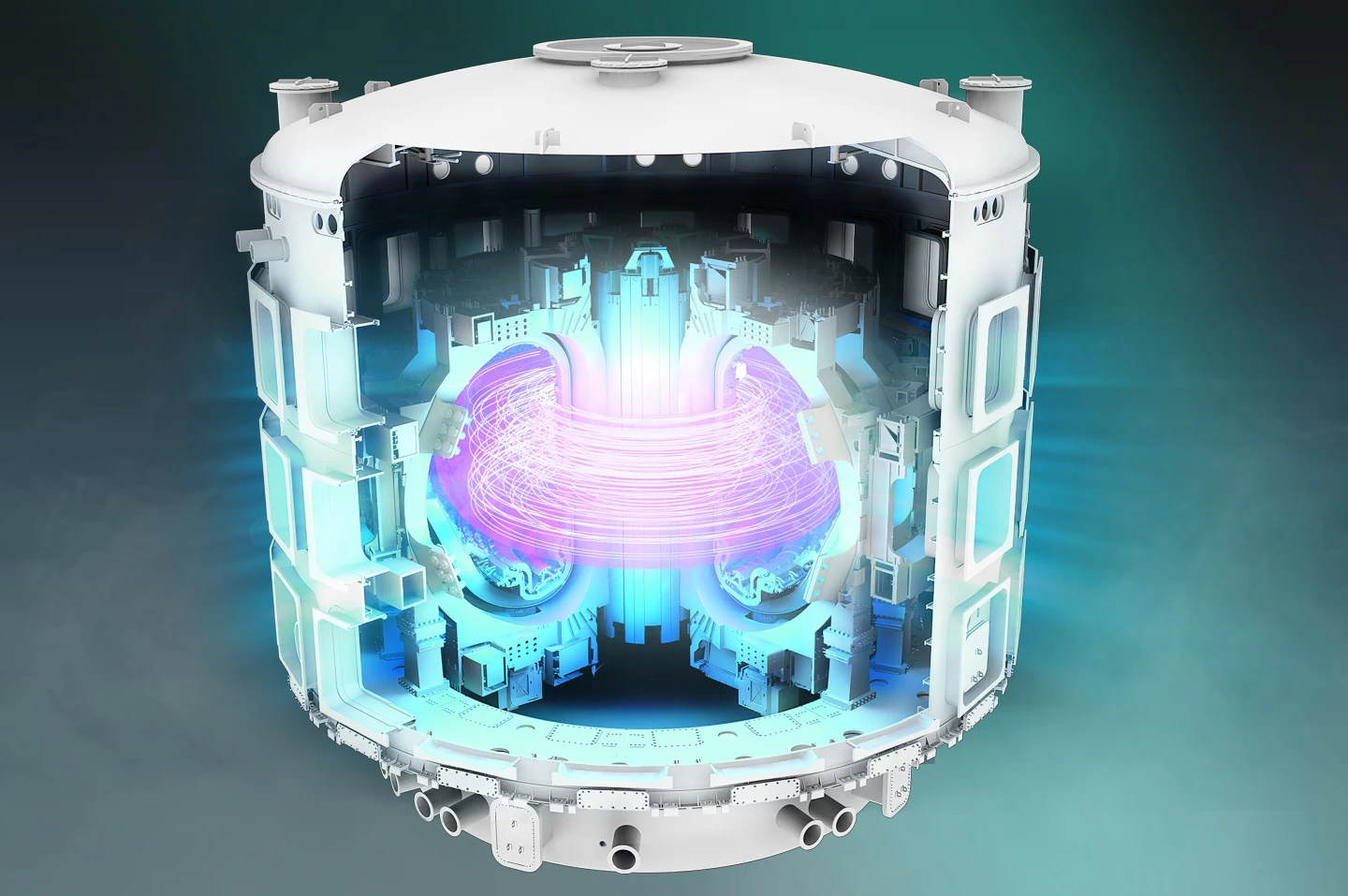A recent ITER workshop bringing together almost 50 CEOs and senior scientists from private fusion startups suggests that combining the technologies from magnetic and laser fusion experiments could accelerate the development of practical fusion power.
Though the field of fusion energy research is dominated by a few major efforts, there are today about 50 privately funded fusion startups in 12 countries that have garnered over US$5.6 billion in investments. Most of them claim that they will be able to achieve commercial fusion power by 2030.
Given the track record of fusion over the past 75 years, that must be taken with a grain of salt. Even the international nuclear fusion research and engineering megaproject ITER recently suffered a four-year timetable setback when the delivery of a 6,000-tonne magnet and other components was delayed.
Most fusion projects are based on fusing two heavy hydrogen isotopes deuterium and tritium, while others are looking at what is known as aneutronic fusion using proton-boron or helium-3 fusion. Having such a variety of approaches increases the chances of success, but it can also produce unproductive rivalries not seen since fusion research was regarded as a national security issue by the US, UK, and USSR in the 1950s and '60s.

The biggest example is the two main approaches to fusion – magnetic confinement and laser inertial confinement.
Though they both aim at fusing hydrogen isotopes, they take completely different paths. Magnetic confinement uses a toroidal magnetic field that traps and compresses a plasma as it's heated to temperatures many times greater than that at the core of the Sun. Meanwhile, laser inertial confinement works by concentrating a battery of high-energy lasers on a single spot where there's a cryogenic pellet of deuterium and tritium, creating a shockwave as the pellet implodes and fuses the atoms.
Since these are such different approaches, for the past half century, scientists and engineers tended to ignore the work in the other camp and would even disparage their rivals by claiming that lasers couldn't be scaled to a practical form or that toroidal magnets were too complex and hard to control.
Recently, ITER played host to the first ITER Private Sector Fusion Workshop convened to break down some of these barriers by allowing various startups and ITER to share information and seek areas for collaboration. This is more than just a matter of sci/tech good neighborliness. There have been major breakthroughs at the National Ignition Facility at the Lawrence Livermore National Laboratory in the United States and Joint European Torus (JET) in Britain.
Naturally, private companies are keen to build on these milestones.

A significant example of this is a panel debate at the workshop on inertial confinement fusion hosted by the CEO of Fusion Energy Insights Melanie Windridge, Ex-Fusion CEO Kazuki Matsuo, and Marvel Fusion CEO Dan Gengenbach. In discussing the two major approaches, the panel said that recent progress has opened up new opportunities for collaboration. According to Matsuo, there are a number of areas where laser and magnet camps can help one another, including with the blanket systems used to convert fusion energy into usable power that work well for either approach.
Other places of cooperation could be in materials used to build fusion plants, taking advantage of clearing regulatory hurdles by one or the other side, software, and development of safety regulations. In this way, the development of commercial fusion power could be significantly accelerated.
It's early days, but it does recall another episode in the history of fusion research. In 1956, Soviet physicist Igor Kurchatov gave a talk at the Harwell Atomic Energy Research Establishment in Britain. Leapfrogging the Iron Curtain, it gave both sides in the Cold War a guarded insight into what the other was doing, providing a degree of scientific confidence that sparked over a decade of rapid progress in fusion.
Perhaps such a renaissance may be in the offing in our time.
Source: ITER






